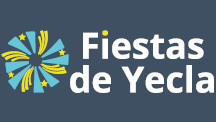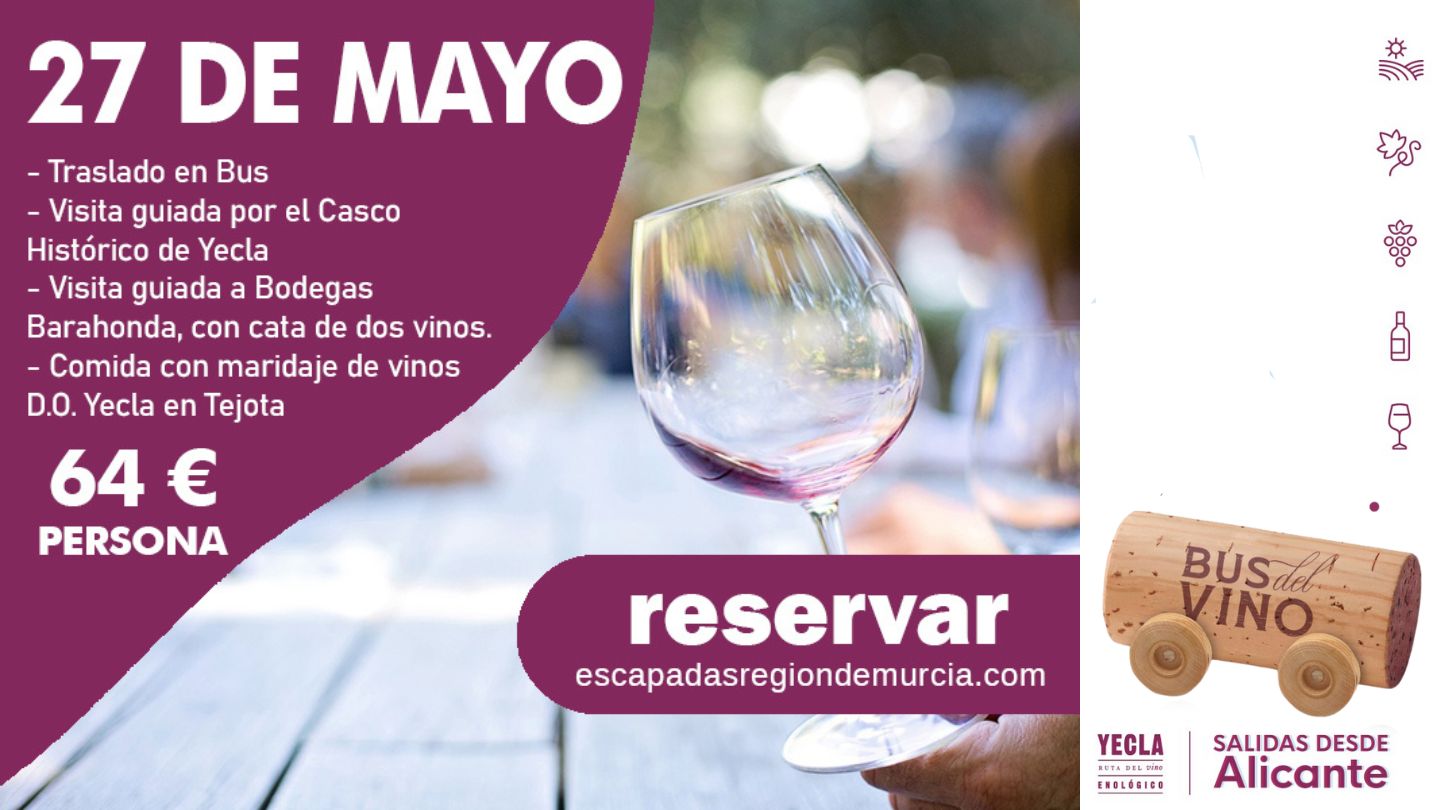Reserva por teléfono
Como llegar
Enviar un correo
Prehistory
Prehistory is the period of human life prior to written documents. This time, it is known for the diverse archaeological materials, as the instruments elaborated fundamentally in stone and bone, certain types of constructions and the manifestations of the rock art: paintings and engravings.
From this period in Yecla we can find:- Neolithic. The oldest remains found in Yecla date from this period, and were found in the sites of the Principal Fountain and the Madroño (30,000 BC).
- Age of metals. In Yecla there are more than a dozen villages of this period, highlighting the Arabilejo, and Cerro de la Campana (III to the 1st millennium BC).
- Monte Arabí is located to the north of the Region of Murcia and the municipal term of Yecla. In it there are two rock art stations: Cantos de Visera and Cueva del Mediodía. Both are included in the Declaration of World Heritage for the Rock Art of the Mediterranean Arc, by UNESCO in 1998.
Iberian Culture
The Iberian peoples occupied an extensive territory, from the south of the Iberian Peninsula to the midday of present-day France, and especially in the peninsular Levante. These indigenous groups were inheritors of the tradition of the Final Bronze, which in contact with the peoples of the Eastern Mediterranean, will know the use and foundry of iron. The chronology of these towns is uncertain, being the most accepted the chronological sequence located between the centuries VIII to III aC
The Iberian sanctuary of Cerro de los Santos is divided into two distinct periods: full or classic Iberism (5th and 4th centuries BC) and the recent or Roman (3rd and 2nd centuries BC). The first archaeological excavations in the site were those made in 1870 by the Piarist Father Carlos Lasalde Nombela.
Romanization
The process of Romanization in the Iberian Peninsula implied an important change in the habits and customs of its inhabitants, adopting in the conquered territories the modes of political, social and cultural organization of Rome.
Roman site that corresponds to the type called rustic town, which is defined as a farm typical of Roman times. In general, it had a monumental area or manor where the owner lived and a service area for the workforce attached to the farm. This type of facilities constitutes the basic element for the romanization of the interior of the Iberian Peninsula.
The town of the Torrejones is located on a wide plain, provided with fertile lands, well supplied with water and dedicated mainly to the planting of the vine and the olive tree, and therefore to the production of wine and oil. It remained in operation from the first century BC to the VI of our era.
Middle Ages
The weakness of the Visigothic monarchy that had been established in the Iberian Peninsula, favored the expansion and Muslim conquest. From 711, after the battle of Guadalete, in which the Visigothic army was defeated, the Muslim expansion began, which in just three years carried out the conquest of almost the entire Iberian Peninsula.
In the middle of the 12th century, written Arabic sources cited Yecla as Hisn Yakka, a castle that was 45 miles from the capital of the Cora of Murcia (Mursiya). The archaeological works have allowed us to know that the fortress was built during the second half of the eleventh century, in the first period of Taifas, belonging at first to the Taifa of Denia and later to the Taifa of Seville.




